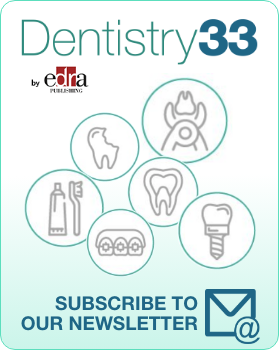
COVID-19 emergency: Comparison between SARS-CoV-2 and SARS-CoV-1 on Aerosol and different Surfaces Stability
Authors: L. Breschi, S. Chirico
A tough battle is being fought all over the world against Covid-19 emergency. The numbers are really worrying, because of the high contagion power of the virus.
Focusing on the dental aspect, as established in several scientific studies, dentists are the category most at risk of contagion, due to the ability of the coronavirus to remain in aerosol and on various surfaces.
In particular, this aspect was examined in the study published in "The New England Journal of Medicine", in which the authors compared the stability of SARS-CoV-2 virus (virus of the current pandemic) and SARS- CoV-1 (responsible for the epidemic in 2003) in five environments: aerosols, plastic, stainless steel, copper, and cardboard.
Here are the results of the various samples:
- Aerosol: SARS-CoV-2 remained viable in aerosols for 3 hours, with a reduction in infectious titer from 103.5 to 102.7 TCID50 per liter of air. SARS-CoV-1 had a similar reduction, from 104.3 to 103.5 TCID50 per milliliter.
- Plastic: SARS-CoV-2 was detected up to 72 hours after application to these surfaces, but the virus titer was greatly reduced, from 103.7 to 100.6 TCID50 per milliliter of medium after 72 hours. The stability kinetics of SARS-CoV-1 were similar, from 103.4 to 100.7 TCID50 per milliliter.
- Stainless steel: SARS-CoV-2 was detected up to 48 hours after application to these surfaces, but the virus titer was greatly reduced, from 103.7 to 100.6 TCID50 per milliliter of medium. The stability kinetics of SARS-CoV-1 were similar, from 103.6 to 100.6 TCID50 per milliliter.
- Copper: no viable SARS-CoV-2 was measured after 4 hours and no viable SARS-CoV-1 was measured after 8 hours.
- Cardboard: no viable SARS-CoV-2 was measured after 24 hours and no viable SARS-CoV-1 was measured after 8 hours
Conclusion
Both viruses had an exponential decay in virus titer across all experimental conditions.
The half-lives of SARS-CoV-2 and SARS-CoV-1 were similar in aerosols, plastic and stainless steel. Instead, on cardboard, the half-life of SARS-CoV-2 was longer than that of SARS-CoV-1. The longest viability of both viruses was on stainless steel and plastic.
This indicates that differences in the epidemiologic characteristics of these viruses probably arise from other factors, including high viral loads in the upper respiratory tract and the potential for persons infected with SARS-CoV-2 to shed and transmit the virus while asymptomatic.
For additional information: Aerosol and Surface Stability of SARS-CoV-2 as Compared with SARS-CoV-1
 Tag
Tag
 Related articles
Related articles
News 19 September 2023
Dentists report insurance reimbursement rates decreased: ADA research
Dentists report that dental insurance reimbursement rates have decreased over a span of 12 months, according to the August Economic Outlook and Emerging Issues in Dentistry poll from the ADA Health...
News 15 September 2023
Procter & Gamble, Colgate, GSK drive strong growth in oral care market: report
The global oral care market has experienced substantial growth, with an impressive increase to $45 billion in 2023.
Oral Hygiene & Prevention 06 September 2023
Impact of the COVID-19 pandemic on oral health care in the U.S.
Researchers assessed the effects of the pandemic on oral health care provided from July 2020 through December 2021 using national claims data.
Dental technology 01 September 2023
The rise of teleworking technologies has affected various industries, including dentistry. Although some dentists have used it for some time, many are discovering the benefits of incorporating this...
Since the worldwide spread of SARS-CoV-2 infection, treating taste and saliva secretory disorders associated with COVID-19 has become a critical issue.
 Read more
Read more
Digital Dentistry 18 April 2024
The Columbia University College of Dental Medicine (CDM) and the Fu Foundation School of Engineering and Applied Science have received approval from the New York State Department of Education to...
Dr. Richard Eidelson, DDS, MAGD, a nationally recognized leader in cosmetic dentistry, is thrilled to announce the opening of his second dental practice, Premier Dentist Philadelphia, located in the...
DDS Lab (DDS), one of the largest full-service dental laboratories in the world, today announced the commencement of operations out of its new state-of-the-art, full-service dental laboratory based...
The global electric toothbrush market size is estimated to grow by USD 2780 million from 2023 to 2027, according to Technavio. The market is estimated to grow at a CAGR of over 8.24% during the...




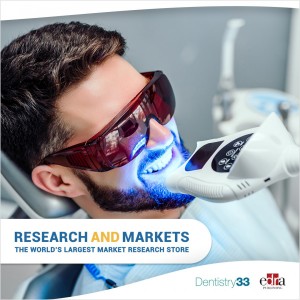



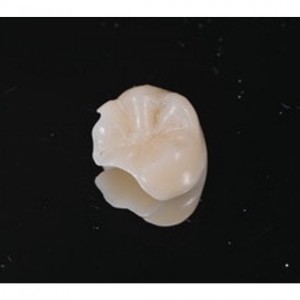

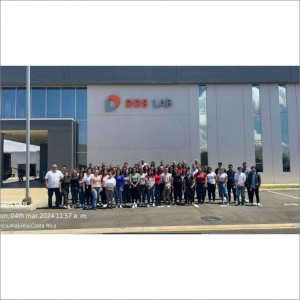
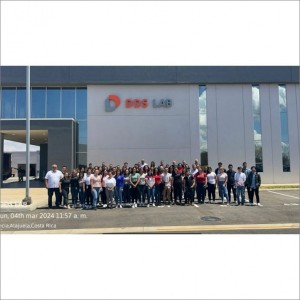
d5.jpg)

